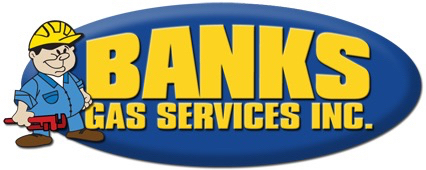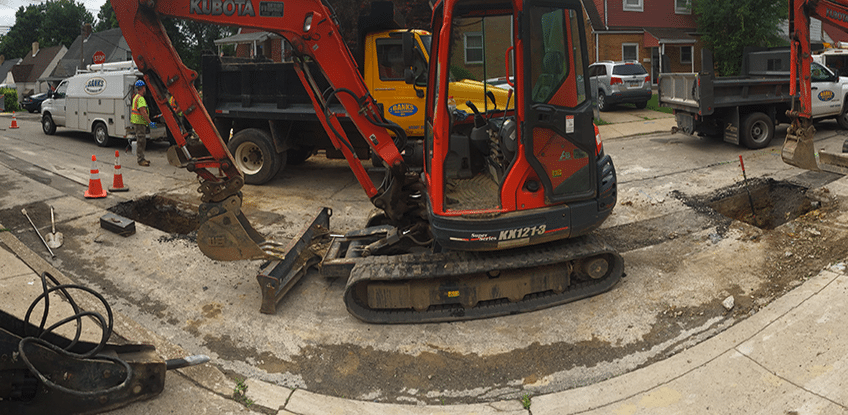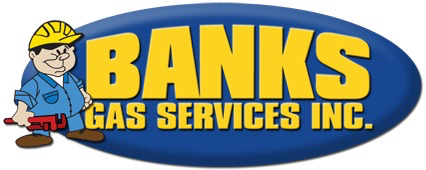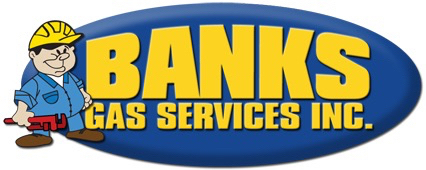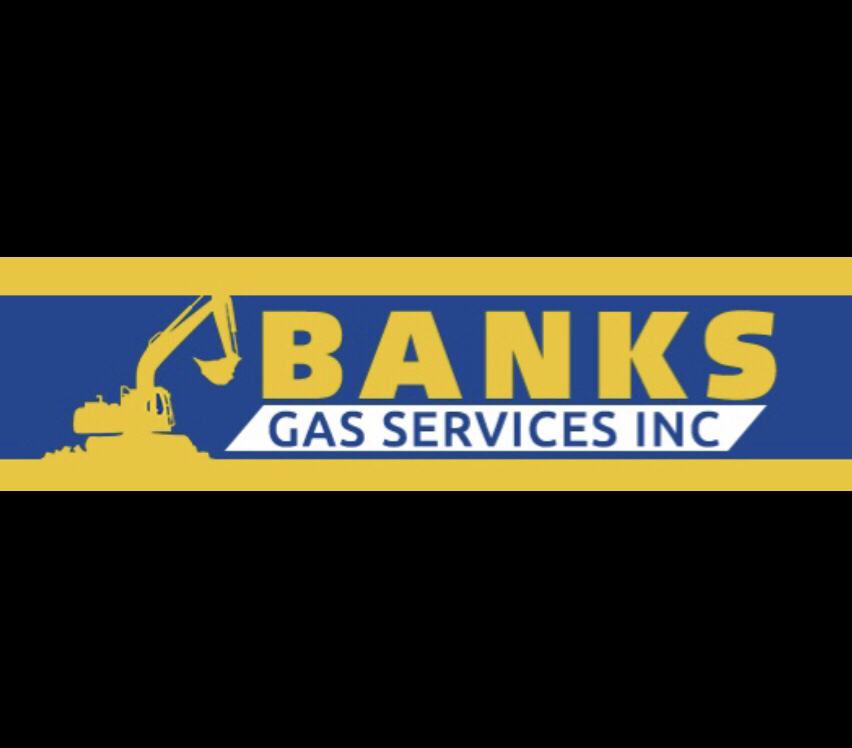Information
Information:
-
Company Name:
-
Jobsite Foreman:
-
Audit Type:
-
Prepared by:
-
Audit Location:
-
Conducted on:
Job Classification
Jobsite Classifications:
-
Work Type:
-
Gas Company?
-
Required Training Completed
-
OQ Valid
-
Sub Contractor Involved?
-
Sub Contractor Name:
Safety and PPE
-
Work Zone
Work Zone:
-
Are Flaggers Required?
-
Flagger 1- CHIEF FLAGGER:
-
Class 2 Safety Vest worn
-
Hardhat worn
-
Safety Glasses worn
-
Training card available
-
Flagger 2- FLAGGER NAME:
-
Class 2 Safety Vest worn
-
Hardhat worn
-
Safety Glasses worn
-
Training card available
-
Work Zone Set Up:
Work Zone Set Up:
-
Is the Road Closed?
-
Proper Signage placed
-
Cones placed to barricade road
-
Flaggers in proper position to monitor road access
-
Work zone signs properly placed (100 feet apart in urban area, 200-300 feet apart in suburban area , 500 feet apart in rural area or high speed road)
-
Flaggers positioned 40 feet in front of taper area
-
Taper area contains at least 6 cones
-
Work Zone contains a buffer area for errant vehicles
-
Cones are properly placed around work area.
-
Flaggers have an escape route
-
Flaggers consider the curves of the road when setting up
-
If applicable, arrow-board is properly positioned and correct signage is placed
-
Flagging Operations:
Flagging Operations:
-
Flaggers maintain adequate communications while flagging
-
Flaggers are not on cell phone
-
Proper flagging equipment selected for road type (slow/stop paddles used in one lane-two way road, red flag used in intersections)
-
Flaggers use proper techniques when flagging
-
Flagging Equipment meets proper standards
-
Night Flagging
Night Flagging:
-
Light stand positioned properly
-
Flaggers wearing Class 3 vest
-
Illumination disks used in taper area
-
Red light wands used in addition with a slow/stop sign or red flag
-
Crew properly places Road Work signs <br>
-
Crew properly places cones around vehicle/ work area
-
Work Site Orderly (minimal trip hazards)
-
Pedestrian traffic addressed as necessary
-
Personal Protective Equipment
Personal Protective Equipment:
-
Employee 1- FOREMAN:
-
Hardhat worn
-
Safety Vest worn
-
Safety Glasses worn
-
Hearing Protection worn as appropriate (85 dB or higher)
-
Gloves worn as appropriate
-
Foot Protection
-
Employee 2- LABORER:
-
Hardhat worn
-
Safety Vest worn
-
Safety Glasses worn
-
Hearing Protection worn as appropriate (85 dB or higher)
-
Gloves worn as appropriate
-
Foot Protection
-
Employee 3- LABORER:
-
Hardhat worn
-
Safety Vest worn
-
Safety Glasses worn
-
Hearing Protection worn as appropriate (85 dB or higher)
-
Gloves worn as appropriate
-
Foot Protection
-
Excavation Safety
Excavation Safety:
-
Valid One Call
-
Care taken while digging around utilities to prevent damages
-
Proper safety procedures followed. Employees exercise caution while working around excavations.
-
Equipment and Tools
Equipment and Tools:
-
CGI Calibrated and working properly
-
Equipment and tools in safe operative condition
-
Tools are stored in designated staged area as appropriate to minimize trip hazards.
-
All air hose connections contain a Safety Whip Cord to prevent accidental whipping if connection disengages.
-
Employees use tools properly and precautions are taken while in use
-
Proper tool grip/footing
-
Vehicle Safety/DOT:
Vehicle Safety/DOT:
-
Vehicle Number
-
Cab Free of Clutter
-
Crash Packet Available
-
Registration/Insurance available
-
Drivers License available
-
DOT Medical Cards available
-
First Aid Kit available
-
Spill Kit available
-
Flares/Triangles available
-
In-Cab Fire Extinguisher inspected and secured if applicable.
-
Vehicle functioning properly
-
Wheel chocks in place
-
Load Securement:
Load Securement:
-
Jackhammers properly secured
-
All tools/equipment properly secured.
-
Ergonomics/Body Mechanics
Ergonomics/Body Mechanics:
-
Safe Lifting practiced
-
Employees ensure proper footing/grip
-
Hazmat/Chemical
Hazmat/Chemical:
-
Secondary containers labeled if applicable
-
Fire Protection
Fire Protection:
-
Fire Extinguisher Upwind of Excavation
-
Fire Extinguisher Inspected
-
Hazard Communication
Hazard Communication:
-
Pre-Job Briefing completed (Job site and task hazards relayed to employees)
-
Initiate Stop Work Authority (SWA) if appropriate.
-
Employees demonstrate hazard recognition, avoidance, and communication
Vac Operations
-
GPS/Problem Locating
GPS/Problem Locate:
-
Air lance and vac hose used properly to expose utility
-
Employees properly located the facility
-
Employees dug in a manner to prevent damages
-
Corrosion Control
Corrosion Control:
-
Pipe cleaned to bare steel
-
Properly prepared anode lead wire
-
CGI taken to verify no gaseous atmosphere prior to burning anode onto pipeline
-
Anode positioned at proper distance away from pipeline (1 foot beneath, 1 foot lateral)
-
Exothermic weld properly performed
-
Verified good lead wire connection
-
Properly coated the weld
-
Test station installed as required
-
Meter Protection
Meter Protection:
-
Is the Meter Set Remote?
-
How Many Post are required?
- 1
- 2
- 3
- 4
- 5
- 6
- 7
- 8
-
Caution used when digging around meter set to prevent service line damage
-
Meter posts installed at proper distance from meter set (1 foot)
-
Meter posts installed at proper depth (2 feet)
-
Meter posts installed using concrete mix
-
Pipeline Abandonment
Pipeline Abandonment:
-
Verified gas is shut off at accessible locations (Via: curb box, and meter shutoff valve)
-
How was the gas stopped prior to separating?
Stopping Gas Method: Using Punch Tee:
-
Properly stopped gas using proper procedures by winding cutter down in punch tee
-
Proper clothing used
Stopping Gas Method: Service Line Squeeze Off
-
Selected proper squeeze off area. No closer than 12" from any fitting
-
Anti-static spray used on pipe to dissipate charges accumulated on pipe
-
Proper clothing used (long-sleeved cotton shirt)
-
Squeeze tool properly grounded
-
Squeeze off rate properly followed (1 inch per minute)
-
Verified completion of squeeze (gas fully stopped)
-
Release rate properly followed (1/2 inch per minute)
-
Squeeze area properly marked and labeled after completion
-
Separation of Steel Pipeline
Separation of Steel Pipe:
-
Temporary bond cables used to achieve proper grounding
-
Separated as close to the main as practical
-
Capped live and dead end section of pipe
-
Dismantled meter/regulator set
-
Pipe Joining; Mechanical Fittings
Pipe Joining: Mechanical Fittings:
-
What type of mechanical fitting was installed?
- Stab Fitting
- Compression Fitting
- Met Fitting
-
Properly cut and prepared pipe surface. Pipe/fitting clean and contaminant free
-
Properly measured and marked pipe
-
Installed as per manufacturers instructions
-
Tapping
Tapping
-
Proper PPE/clothing used (long sleeved cotton shirt)
-
Fire extinguisher available
-
Uses proper tapping tool
-
Cutter is wound up and left in proper position
-
Leak Testing
Leak Testing:
-
Performed leak test with leak seek on all fittings after tapping
-
Detected no leaks/bubbles
-
Backfilling
Backfilling:
-
Properly backfills hole using proper fill
-
Install marker balls when applicable
-
Compacts soil in intervals to prevent sinking
Final Page
Additional Notes:
-
Reviewed Gas Standard on the Task Being Performed
-
Pre-Job Pictures Taken
-
Post-Job Pictures Taken
-
Further Action Required
-
General comments
-
Years of Service






